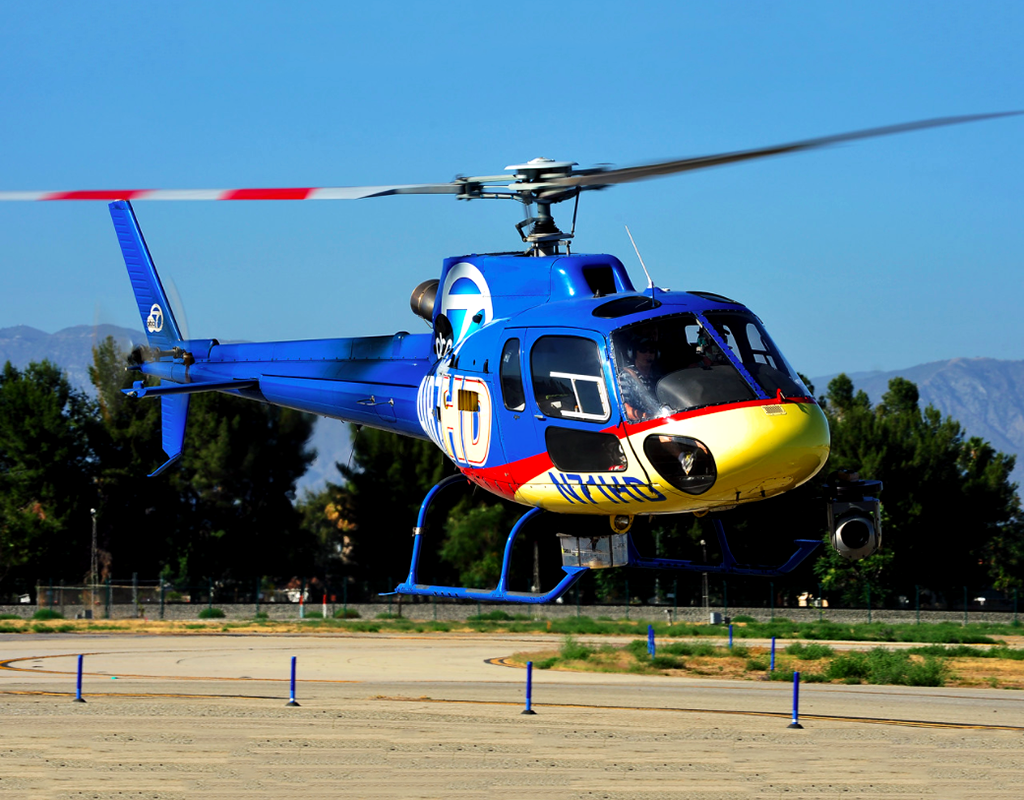
The Federal Aviation Administration (FAA) is seeking ideas for how pilots operating in low-altitude airspace — where drones typically are flown — can benefit from remote identification information to improve situational awareness and reduce the risk of collisions.
The agency’s proposed rulemaking for remote ID, which will require most drones to broadcast their location and identification while flying, was released last December, with plans to issue a final rule by the end of the year. In March, the FAA issued a request for information from the manned aviation community regarding how pilots could receive that information to enhance safety, if at all.
During the Oct. 22 meeting of the FAA’s Drone Advisory Committee (DAC), Jay Merkle, head of the agency’s UAS integration office, said responses to the inquiry reflected the view of many pilots and representing organizations that drone operators have primary responsibility to avoid manned aircraft. Pilots also expressed concern that any solution would impose additional expense and contribute to task saturation.
Merkle then tasked the committee with engaging relevant operators to further explore potential solutions as drone use continues to proliferate and intersect with manned aviation. Its members largely agreed with the concerns raised by pilots around cost and task saturation.
“Putting another device in the cockpit of a helicopter that’s going to warn of more traffic, especially drone traffic . . . I have problems with that because it could become a distraction for the pilot and keep their eyes inside the cockpit when they should be looking out the window,” said Mark Colborn, a recently-retired senior corporal and instructor pilot for the Dallas Police Department’s helicopter unit.
“More devices after just finishing ADS-B must be a tough pill to swallow . . . I’m not sure extending this is actually going to be helpful, from an adoption perspective,” added Mark Baker, president and CEO of the Aircraft Owners & Pilots Association (AOPA).
Merkle asked members of the DAC to consider solutions outside of “an extra device.”
Gur Kimchi, former head of Amazon Prime Air, suggested there may be a “way to interface with [unmanned traffic management systems] . . . where the pilot is only alerted to remote ID enabled entities when there is actually risk, as opposed to all the time.”
Mariah Scott, president of Verizon Skyward, said her company recently tested a comparable in-app solution for a gas and electric utility client that sought to use both drones and helicopters simultaneously to inspect damage after a hurricane.
“We actually deployed a situational awareness system . . . with our customer Southern Company where we were tracking helicopters and drones during their response to a hurricane, and we used live flight tracking and the helicopters only needed to pay attention to that live flight tracking if there were actually drones in the vicinity where they needed to work,” Scott said. “I think there is a lot of potential intersection between these traffic management concepts and remote ID that don’t necessarily have to produce more of a situation awareness burden on the crewed aviators.”
The FAA continues to increase airspace access and capability for drones, through selectively authorizing rural drone flights beyond operators’ visual line of sight and expanding its Low-Altitude Authorization and Notification Capability (LAANC) program, which provides near-real-time flight authorizations for drones to fly in controlled airspace around more than 725 airports.
During a recent webinar on traffic management, Merkle suggested there “will be times where traditional aviation will actually yield to drone traffic under certain conditions.”
Along with confirming the expected timeline of final rulemaking around remote ID, Merkle said the agency expects to publish the third version of its UTM concept of operations in the second quarter of 2021. He added that three operators are “very close” to receiving Part 135 certificates for drone delivery services, in addition to the three existing approvals that have been granted to Wing, Amazon Prime Air, and UPS Flight Forward.



